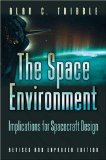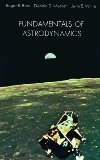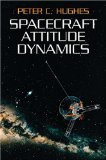Wikipedia dicit:
A transit of Mercury across the Sun takes place when the planet Mercury passes directly (transits) between the Sun and a superior planet, becoming visible against (and hence obscuring a small portion of) the solar disk. During a transit, Mercury appears as a tiny black dot moving across the disk of the Sun.
Transits of Mercury with respect to Earth are much more frequent than transits of Venus, with about 13 or 14 per century, in part because Mercury is closer to the Sun and orbits it more rapidly.
The most common observation to be made at a transit is to record the times when the disk of Mercury appears to be in contact with the limb of the Sun. Those contacts are traditionally referred to as the 1st, 2nd, 3rd and 4th contacts – with the 2nd and 3rd contacts occurring when the disk of Mercury is fully on the disk of the sun. As a general rule, 1st and 4th contacts cannot be accurately detected, while 2nd and 3rd contacts are readily visible within the constraints of the Black Drop effect, irradiation, atmospheric conditions, and the quality of the optics being used.
Video Credit: NASA’s Goddard Space Flight Center/Genna Duberstein









 Subscribe to blog posts using RSS
Subscribe to blog posts using RSS










